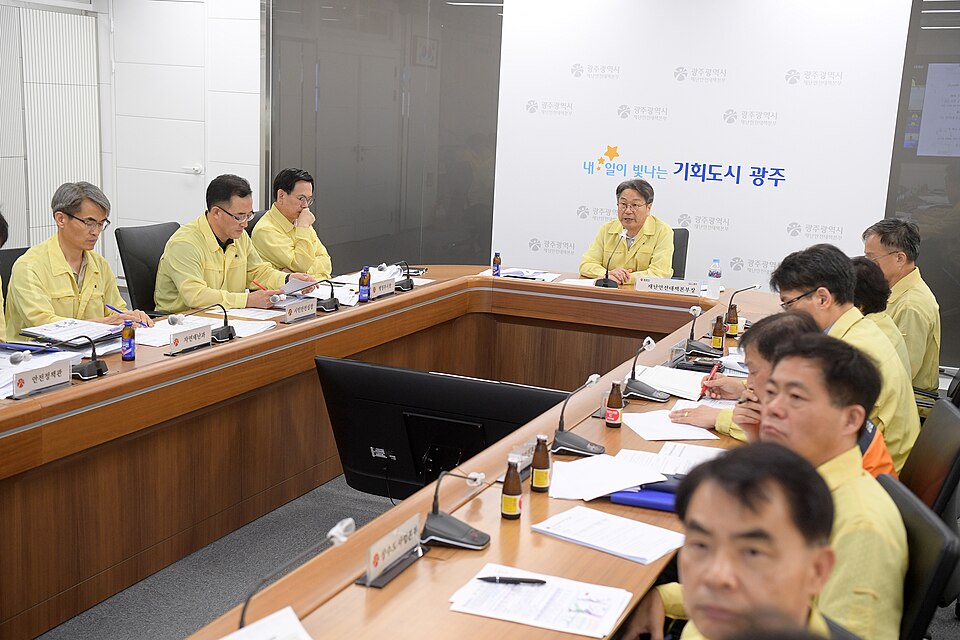Death Toll Rises in South Korea as Torrential Rains Prompt Floods

In South Korea, devastating heavy rainfall has resulted in a rising death toll, with reports indicating that at least 14 individuals have lost their lives and 12 others remain missing. The torrential rain, which has persisted for five consecutive days, has led to severe flooding and landslides, particularly impacting the southern town of Sancheong, where eight fatalities were recorded due to house collapses and flash floods, according to the Interior and Safety Ministry.
The government reported that an additional person was killed when their house collapsed during the deluge, while another was swept away by floodwaters. Furthermore, three victims were discovered deceased in a submerged vehicle, and one fatality occurred in Osan, just south of Seoul, when a retaining wall collapsed due to the persistent storms.
Approximately 3,840 residents have been evacuated from their homes, as the relentless rainfall inundated numerous areas, stranding livestock and causing significant property damage. The Ministry of Interior and Safety noted that the southern regions experienced between 600 to 800 millimeters of rain during the storm, marking some of the heaviest hourly rainfalls on record.
As of Sunday, July 20, 2025, local time, the heavy rain alerts have been lifted, and forecasts suggest a transition to a heat wave in the coming days, as confirmed by the South Korean government weather forecasters. Meteorological data indicates that while the downpour has ceased, the aftermath of the flooding remains critical, with ongoing recovery efforts in affected regions.
This natural disaster underscores the increasing frequency and intensity of extreme weather events in South Korea, a trend that researchers attribute to climate change. According to Dr. Min Soo Kim, a climatologist at Seoul National University, “The unpredictable weather patterns we have been witnessing are a clear indicator of the broader changes occurring in our climate system.”
The implications of such extreme weather events extend beyond immediate fatalities and property damage; they also pose long-term risks to public health and economic stability. Dr. Eun Jung Park, an economist at Korea University, highlights that “natural disasters not only disrupt local economies but can also have cascading effects on national economic performance, especially in sectors such as agriculture and tourism.”
In response to this disaster, various local and national government entities are mobilizing resources for recovery and support for displaced residents. The Ministry of Health and Welfare has announced plans to provide medical assistance and psychological support to those affected. Additionally, community volunteers are actively engaged in cleanup efforts, assisting families in restoring their homes and livelihoods.
As South Korea transitions into recovery mode, the government faces the challenge of addressing both the immediate needs of its citizens and the broader implications of climate resilience. The South Korean experience serves as a crucial reminder of the need for robust disaster preparedness and adaptive strategies in the face of climate change, as many regions worldwide confront similar threats. The future outlook remains uncertain, but experts emphasize the importance of strengthening infrastructure and emergency response systems to mitigate the impacts of future weather-related disasters.
Advertisement
Tags
Advertisement




